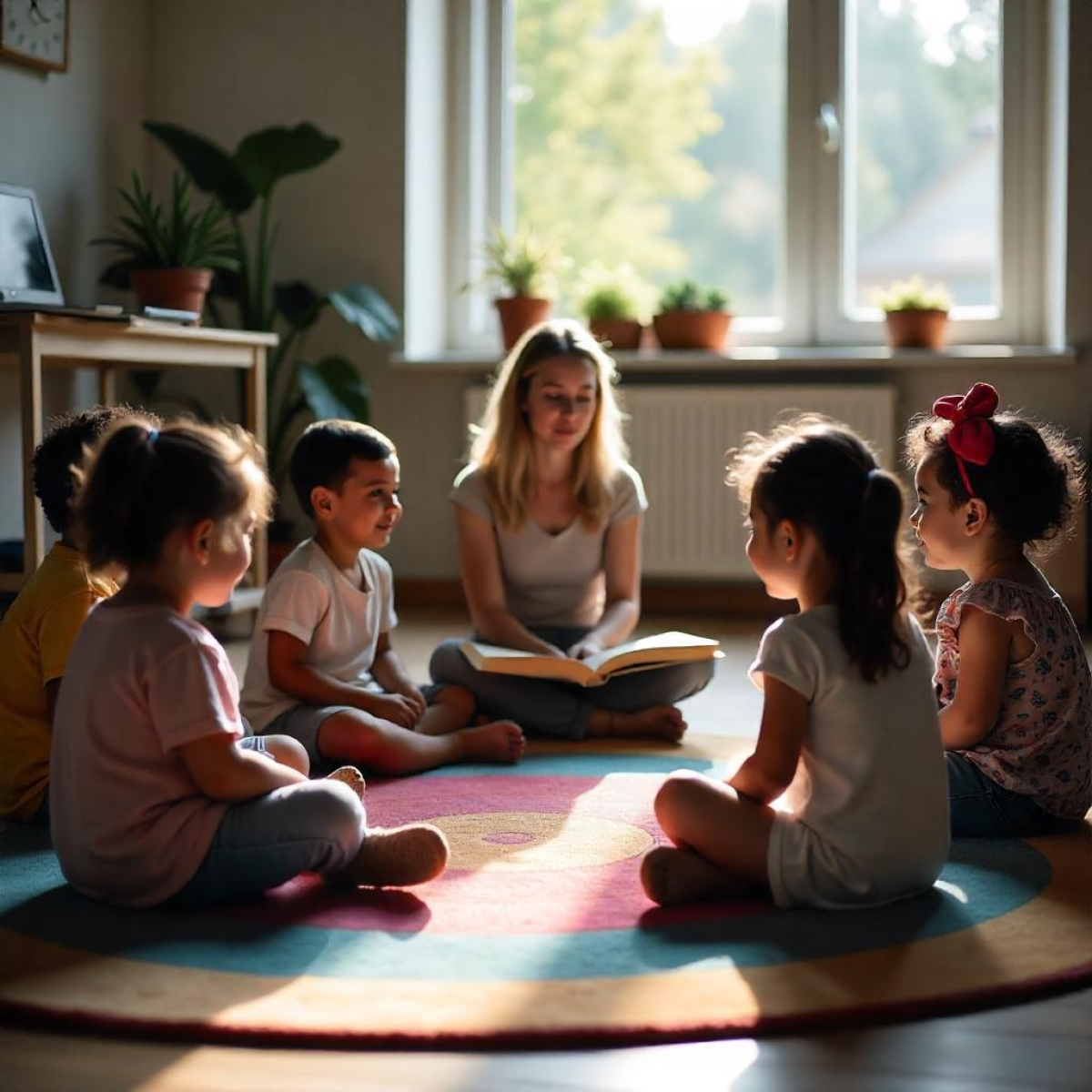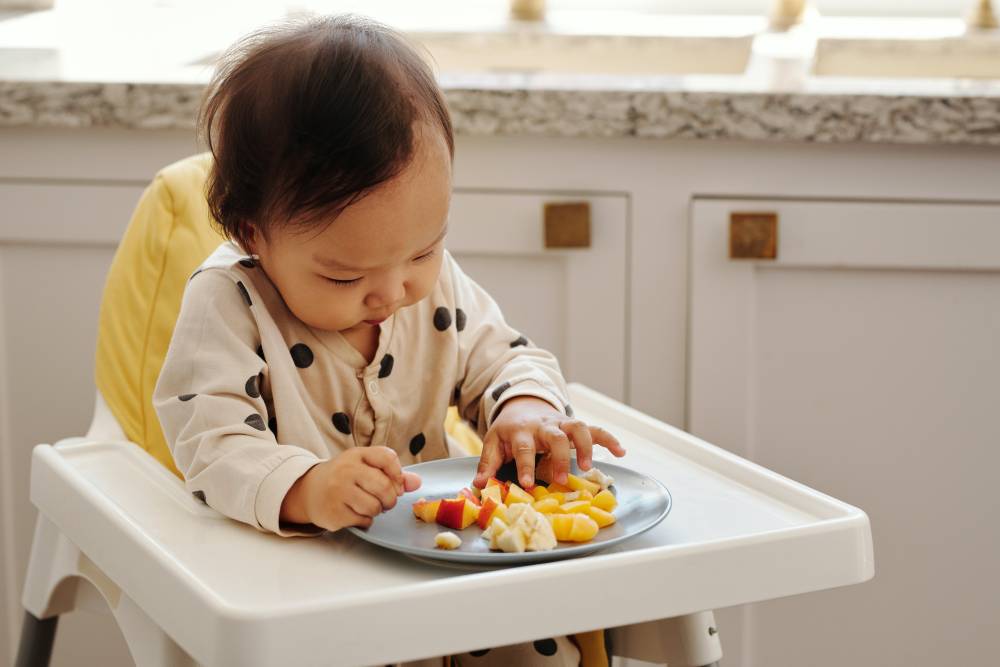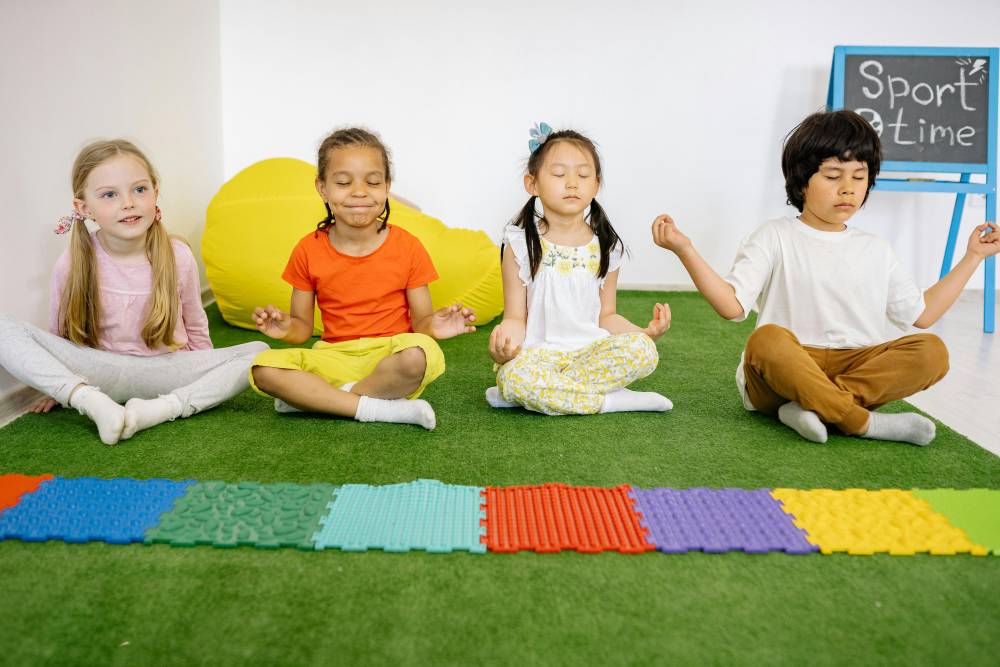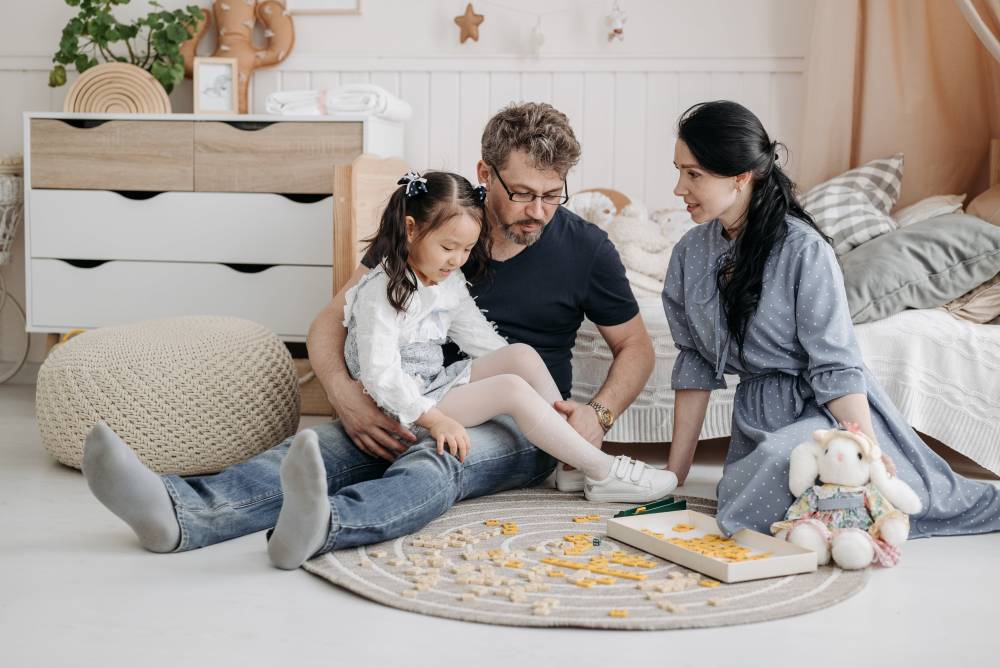Morning circle time is a great opportunity to connect with children and set the tone for the day ahead. When teachers work with a mixed-age group, it’s essential to organize activities that are appropriate for each age group, engaging all the children. Here are some recommendations for the duration and activities that can be done during morning circle time, including music and other elements to apply.
1. Children Aged 1-2 Years
Duration: 5-10 minutes
For this age group, morning circle time should be short and simple. Children at this stage have a limited attention span, so it's best to do quick and colorful activities.
Activities and Recommendations:
-
Music: A simple, repetitive song works best. You can use songs like "The Wheels on the Bus" or "Twinkle, Twinkle Little Star." Music is a great tool to engage and calm children.
-
Movement: Encourage the children to move their bodies, such as raising hands or doing simple motions like spinning or moving arms in the air. This helps with motor skill development and coordination.
-
Colors and Shapes: Use brightly colored cards or toys to help children recognize colors and shapes. Repetition is key, so you can show an object and say the color, encouraging them to repeat.
2. Children Aged 2-3 Years
Duration: 10-15 minutes
Children in this age group are able to focus for a bit longer and can participate in more structured activities like singing and simple visual activities.
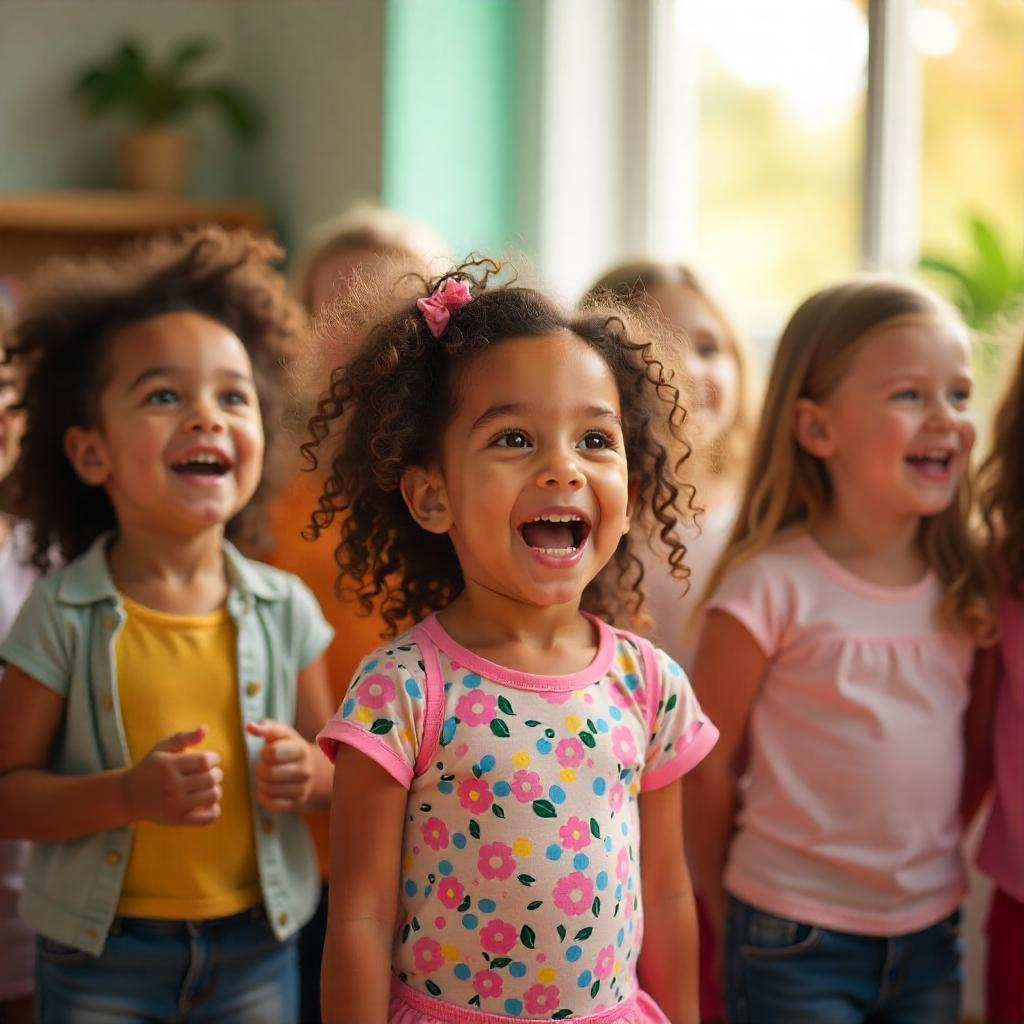
Activities and Recommendations:
-
Music and Movement: Songs like "If You’re Happy and You Know It" with hand motions are perfect for this age. These activities help develop rhythm and hold their attention.
-
Colors and Shapes: Use a book with large figures and simple colors to teach them colors and shapes. You can also use similar toys to increase engagement and visual understanding.
-
Search and Find: Children can be asked to find specific objects around the room, like "Find a red toy" or "Find a ball." This helps them focus and develop attention skills.
3. Children Aged 3-4 Years
Duration: 15-20 minutes
At this age, children can stay focused for longer periods and can engage in more complex activities, such as group discussions and small games.
Activities and Recommendations:
-
Music and Songs: Songs with verses and simple choreography, such as "One, Two, Three, Four, Five" or "Head, Shoulders, Knees, and Toes," are excellent. These songs encourage movement and help with physical coordination.
-
Circle Time Discussion: Have a simple discussion where you ask the children about their feelings, something they did, or something they are interested in. Use open-ended questions to encourage them to speak and express their thoughts.
-
Art and Craft: Creative activities like coloring, simple writing, or playdough use are ideal for this age. These activities help develop fine motor skills and stimulate creativity.
4. Children Aged 4-5 Years
Duration: 20-25 minutes
Children at this age can stay engaged for longer periods and can be involved in more structured and advanced activities, such as discussions and rule-based games.
Activities and Recommendations:
-
Music and Choreography: Songs like "If You’re Happy and You Know It" or "The Hokey Pokey" are great for this group. Children can participate in different movements that help develop their motor skills and coordination.
-
Discussing the Day: Create a warm, secure atmosphere by allowing children to share something they have done or talk about their plans for the day. This promotes communication skills and encourages forward thinking.
-
Stories and Imagination: Read a simple story and ask the children their thoughts about the characters or events. This activity helps develop listening and comprehension skills and stimulates imagination.
Morning circle time with a mixed-age group can be challenging, but it’s also a wonderful opportunity to engage children in diverse and developmental activities. Using music, simple activities, and discussions helps create a warm, supportive atmosphere, preparing the children for the day ahead. It also strengthens relationships between children and teachers and contributes to their various skill development.



